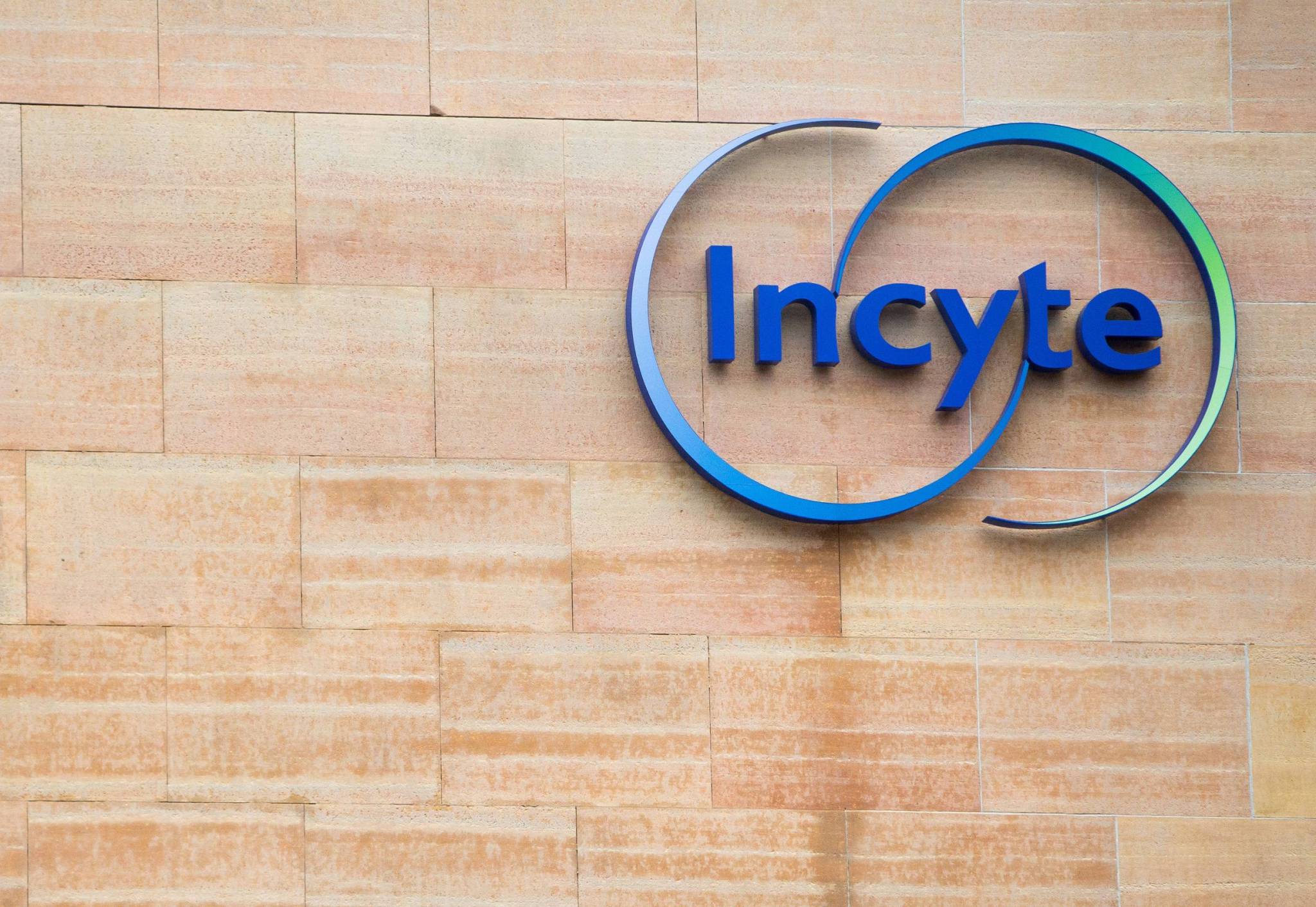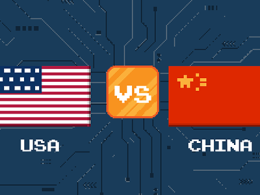by Kristina Hooper, Global Market Strategist, Invesco Ltd., Invesco Canada
Last week was another momentous one for economies and markets, with particular attention being paid to the economic recovery in China, earnings season for U.S. stocks, and the Federal Reserve’s views on interest rates. Below, my colleagues from the Global Market Strategy Office and I answer some of the most pressing questions we have received from clients in recent days:
Q. Should we be worried about a rebound in infections in China?
A. David Chao (Global Market Strategist, Asia ex-Japan): Over the Easter weekend, China saw over 100 new infections. However, the majority of these were “imported” after people returned from a trip to Russia.1 Although there is a distinct threat of a second wave of infections, we don’t think it will meaningfully disrupt the economic recovery. So far, there hasn’t been a significant increase in local community transmissions – which would be a lot more worrisome. The Chinese government has also maintained strict quarantine procedures at airports and other entry/exit ports. The areas in China that have experienced the most recent wave of infections are around the Russian border and have minimal economic significance.
In short, worries about a rebound in infections are keeping China from fully relaxing social distancing measures, and we don’t expect these concerns to fully abate until other countries significantly flatten the infections curve.
Q. How slow is the economic recovery in China right now?
A. David Chao: As expected, the initial January-February economic data was awful. However, the peak of the epidemic passed during the second week of March, and the government has vigorously focused on getting the country back to work. As of the end of March, around 99% of workers at large companies and around 77% at small- to mid-sized enterprises had returned to work.2 As discussed above, some social distancing measures remain in place due to concerns about a rebound in infections, so we don’t expect a dramatic economic snapback in the near term.
Following is a review of recent data:
- China’s manufacturing Purchasing Managers’ Index (PMI) for March was a surprisingly strong 52, up from a low of 35.7 just a month earlier, implying that workers have been able to get back to work quickly.3 This has been a much more rapid recovery in manufacturing than we saw during the global financial crisis (GFC) – back then, it took the PMI four months to surpass 50 after it hit its nadir of 38.8 in November 2008.3
- In terms of trade data, China’s year-over-year exports fell 6% in March (which was significantly above the consensus expectation of a 13% fall).4 This was a marked improvement from the year-over-year fall of 17.2% seen in January-February.4 Diving down into the data, exports to the U.S. and European Union (EU) remained weak (as orders were cancelled due to COVID-19) while those to Asia picked up noticeably (particularly in southeast Asia, Korea, and Japan). Although one month does not a trend make, it’s encouraging to see the sequential improvement – and it seems to put to rest some of the concerns that there were going to be significant supply chain shifts out of China due to the trade wars from last year and to COVID-19. I still expect exports and trade to be rocky for the rest of the year as China’s largest trading partners, the U.S. and EU, may continue to experience an escalation of COVID-19 cases, which would sap demand for Chinese goods and hamper global trade.
- China’s gross domestic product (GDP) fell 6.8% in the first quarter, which was worse than expected.5 March retail sales plunged 15.8% from a year ago, following a 20.5% year-over-year decline for January and February.5 Fixed asset investment dropped 16.1% year-over-year last month, versus a fall of 24.5% in the previous two months.5 However, industrial production was better than expected, down just 1.1% year-over-year after dropping 13.5% in the January-February period.5 We attribute that to a rapid return to work for state-owned enterprises and large private manufacturers, which was facilitated by top-down state support and relatively strong demand, both domestic and external. State mandates to hit targets for work resumption rates kickstarted factories quickly. The work resumption rate of large industrial firms reached 90% in early March.5
- Anecdotally, we also track daily indicators such as coal use, traffic congestion, and property sales. These statistics have shown marked improvement over the course of March and early April.6
We think the big question now is whether China is providing enough fiscal stimulus to buffer the economy from a collapse in global demand. We expect very substantial stimulus, particularly in infrastructure spending.
Q. What is the cost of the shutdown on first-quarter earnings for the S&P 500 Index?
A. Talley Léger (Senior Investment Strategist): Assuming an earnings per share (EPS) baseline of US$154 for the companies in the index, I would estimate the potential cost of the shutdown to be US$3 of EPS for each week of the shutdown, assuming all of the companies are idle (based on a simple calculation of US$154 divided by 52 weeks).7 Therefore, if half of S&P 500 companies were idle, an 8-week shutdown may have cost US$12 of EPS. Based on these calculations, we believe a broad market earnings recession began in the first quarter with a 7% decline from year-ago levels, and will likely be followed by much deeper declines in later quarters.
Q. Looking forward, what kind of earnings decrease have stocks priced in?
A. Talley Léger: We judge that the stock market has priced in a 15% year-over-year drop in earnings to roughly US$134. That’s bad, but it could get much worse if the 2008-2009 and 2001 economic recessions are any guides.
Q. What does history tell us about the peak-to-trough journey for earnings leading up to and exiting economic recessions? What about price-to-earnings (P/E) ratios in the same timeframe?
A. Talley Léger: Heading into the recession of the early-mid 1990s, earnings suffered a peak-to-trough decline of 24% over a period of 2.5 years.8 Leading up to the “garden variety” early-2000s downturn, earnings dropped 32% from their peak in the ensuing one year and three months.8 Earnings fell 57% from their peak before the deep late-2000s contraction, a trip that took two years and three months.8 Surprisingly, P/E ratios were relatively stable in the first 1.5 years after peak earnings, but valuations diverged significantly thereafter.
Q. From the start to the end of the last three recessions, what would past behavior of earnings and multiples suggest as potential outcomes for the S&P 500?
A. Talley Léger: On average, the last three recessions lasted about 12 months each9 and resulted in a wide range of outcomes for earnings and multiples. Trailing 12-month earnings in those recessions contracted 6% to 52%, and multiples expanded 12% to 30%.10 If you apply those historical ranges to the S&P 500 today, that implies potential outcomes from 1,600 (worst case) to 4,200 (best case) over the next year. The median of 3,200 would be a typical experience, implying stocks may bottom during the recession and recover the bulk of their losses.
Q. What are earnings trends looking like across countries?
A. Talley Léger: European and Canadian stocks have priced in substantial declines in earnings from year-ago levels. This is not the case for China and Japan.
Q. The price of oil has sunk to a historically low level overnight. What is happening?
A. Paul Jackson (Global Head of Asset Allocation Research): The recent drop in supply by OPEC+ does not match the bigger drop in demand that we have seen as a result of lockdowns in so many countries. And it would appear there is now a particular problem of storage in the U.S., which has depressed spot West Texas Intermediate (WTI). There may also be the same problem elsewhere, but the U.S. is more siloed. Longer-dated contracts are about where I think they should be (in line with the US$35-$40 long-term spot average, in today’s prices).11
Clearly, the longer the shutdowns persist, the bigger the surplus becomes. In the short term, some countries can boost demand by filling strategic reserves at low cost. The fact that WTI has had such a dramatic day is catching all the attention, but Brent is more important from a global oil market perspective, and its price has held up better.
Q. What is the probability that we see negative short rates in the U.S.?
A. Kristina Hooper (Chief Global Market Strategist): I believe there is an extremely low chance that rates go negative. The Fed has seen the unintended consequences of negative rates in the eurozone, and Fed Chair Jay Powell has repeatedly made it clear that he prefers other monetary policy tools such as forward guidance policy and large-scale asset purchases. I believe the Fed will try to exhaust all other monetary policy tools before it resorts to something as problematic as negative rates.
Q.How long do you think the Fed will keep rates at zero? How does it begin to unwind its balance sheet?
A. Kristina Hooper: The Fed has made it clear that it plans to keep rates at current levels throughout this crisis. I believe the Fed will err on the side of remaining accommodative until it is confident that the U.S. economy has rebounded and is once again on solid footing. When it comes to unwinding the balance sheet, I believe the Fed won’t wait as long as it did post-GFC. However, I expect it to follow a similar plan to the one it followed when it began unwinding the balance sheet in 2017.
Q. Is the European Union in danger of collapsing because of the current COVID-19 crisis?
A. Kristina Hooper: In a recent Financial Times interview, French President Emmanuel Macron warned of the collapse of the EU as a “political project” unless it supports peripheral economies that have been hit hard by the pandemic, such as Italy. While I am not convinced this will cause the end of the EU, I do believe Macron is correct in suggesting it will lead to more financial stress and the rise of more populism in the EU. In my view, there clearly needs to be a mutualization of debt or peripheral countries may suffer dire consequences. Spreads have already been widening for Italy, Greece, Portugal and Spain,12 and the situation could get worse from here with inaction.
Q. We learned last week that the Paycheck Protection Program (PPP) has already run out of money. Will we get another phase of fiscal stimulus in the U.S. and will it include money for the PPP?
A. Kristina Hooper: Yes, I expect the U.S. to get a Phase 3.5 stimulus package soon. After some political discord, it appears that negotiations in Congress have become more constructive. This phase should be focused on the PPP – with Senate Republicans asking for an allocation of approximately US$250 billion for the program – as well as some allocation for hospital funding. I will reiterate that I believe this is not enough and should be quickly followed by a Phase 4 stimulus plan. However, it should be a positive catalyst for risk assets in the short term.
Looking ahead
There were several positive developments last week, including declining infection rates in some major U.S. cities, a possible treatment that is showing signs of effectiveness, and plans to reopen the U.S. economy. However, many questions still remain. We will get some sense of the impact of the lockdown on some major economies’ data to be released this week, including flash manufacturing PMI for the U.S., as well as PMI data for Germany and the U.K. This will give us a sense of how significant an impact the lockdown is having on economic activity. I expect the results to be abysmal but, as we have seen in those economies hit earlier by the pandemic, a cessation in economic activity is usually a sign that health protocols are being followed, which means a recovery can begin more quickly. We will also want to follow what major economies are doing to support their respective economies during the lockdowns. In particular, I will be following negotiations in the U.S. closely over stimulus Phase 3.5.
This post was first published at the official blog of Invesco Canada.














